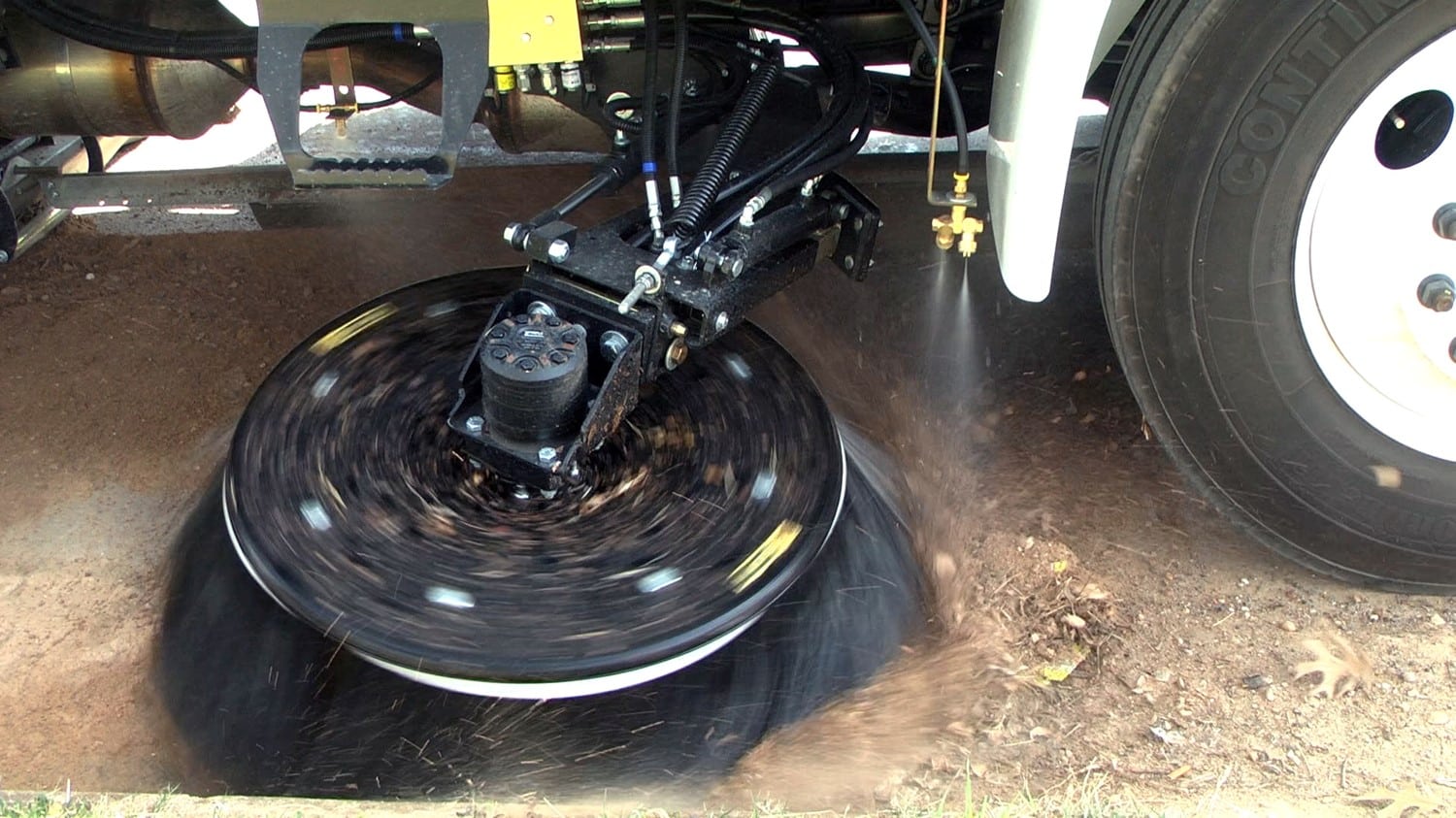Why You Should Sweep
Benefits of Street Sweeping
Historically, street and parking lot sweeping has been done for aesthetic purposes; however, environmental concerns and regulations have become increasingly prevalent over the past several decades, making stormwater and air quality some of the more important reasons to sweep streets, parking lots, and other paved surfaces today.
What are some of the materials that are found on paved street and parking lot surfaces that street sweepers help remove and where do they come from?
- Crustal materials – Such as soil, sediment, sand, and eroded rock from the weathering of bricks, concrete, and asphalt from pavement and structures. This material is carried by surface runoff, wind, vehicle trackout from construction sites, unpaved roads, and pavement abrasion from vehicular traffic.
- Vegetation – From yard waste such as grass clippings, and leaves and twigs from trees.
- Motor vehicles – From tire debris and particles, exhaust emissions, brake dust, fluids such as oil, transmission fluid, coolant and fuel, and chunks of plastic and glass from wreckage.
- Industrial emissions.
- Litter – Such as trash, bottles, fast food wrappers, and hypodermic needles.
- Animal carcasses.

What are some of the potentially harmful pollutants that can be found in street sweeping spoils?
- Metals – From vehicle wear, vehicle fluids, brake dust, weathering of structures, crustal materials. Metals commonly characterized in street dirt include aluminum, cadmium, chromium, copper, lead, nickel, and zinc.
- Organics – Include polycyclic aromatic hydrocarbons (PAHs), phthalates, and pesticides. Sources of organic pollutants come from vehicle fluids, vegetation, combustion, plastics, and motor oil.
- Nutrients – Include nitrogen and phosphorus. Sources include fertilizer, yard waste, vegetation, animal waste, and fossil fuels. Excess nutrients can cause harmful algal blooms (HABs), which can affect odor and taste of water, and could contribute to anoxic water conditions.
- Particulate Matter (PM) – Refers to solid and liquid materials varying in size from aerosol to large grit that are suspended in the air. EPA regulates both “inhalable coarse particulates” (PM10 – particles between 2.5-10 µm (microns or micrometers) in diameter) and “fine particles” (PM2.5 – 2.5 µm and smaller in diameter). Particulates can be emitted directly from a source or formed in the atmosphere by transformation of gaseous emissions. Sources can include industrial emissions, engine emissions, and particulate breakdown from traffic, soil erosion, and pollen.

